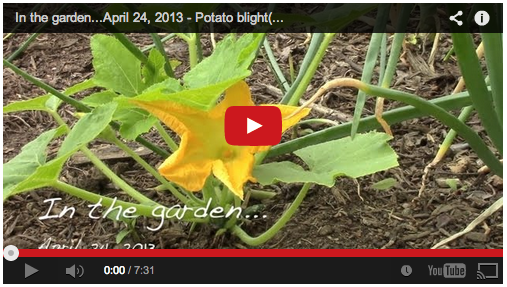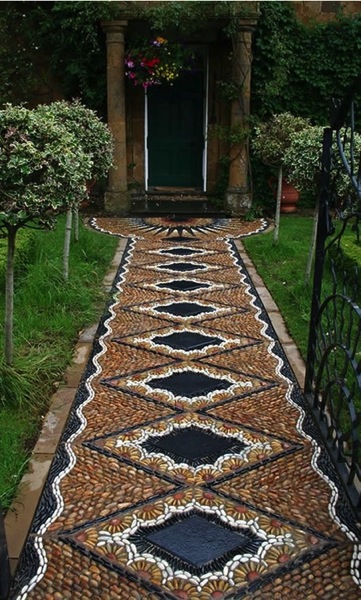Most of us well only ever see our gardens in youth and, perhaps, middle age. It is only in other’s gardens — those created long before us — that we can truly witness deep and long garden history. This photo from the famous photographer, Eugène Atget, shows just how deep garden roots can go. While these roots might be exposed on the surface we can sense that they also go long and deep into the soil and carry a sense of age almost beyond our understanding.
Still, this is the type of world we are creating with our own gardens — something that lives on long after us and is passed from hand to hand. Surely, it will probably not stay the same as the garden we leave behind, but the history of the garden will be carried from one owner to the next. You only have to witness the lone rose growing outside an abandoned house in the middle of a farm field or the poppies that return every year along what once was the lane to small homesteaders cabin. Our gardens live lives of their own and make do in whatever possible, even when we are no longer there to tend them.
Tree Roots, Saint-Cloud, 1906, Eugène Atget

Eugène Atget, photographer (French, 1857 – 1927)
Tree Roots, Saint-Cloud, negative 1906; print 1920s, Albumen silver print
Image: 22.4 x 17.3 cm (8 13/16 x 6 13/16 in.)
The J. Paul Getty Museum, Los Angeles
Digital image courtesy of the Getty’s Open Content Program.
“Eugène Atget (February 12, 1857 – August 4, 1927) was a French flaneur[1] and a pioneer of documentary photography, noted for his determination to document all of the architecture and street scenes of Paris before their disappearance to modernization.[1] Most of his photographs were first published by Berenice Abbott after his death.[2] An inspiration for the surrealists and other artists, his genius was only recognized by a handful of young artists in the last two years of his life, and he did not live to see the wide acclaim his work would eventually receive.[2] — Wikipedia
More information on Eugene Atget:
Previously in Garden History:
- Painting with plants, Miramar, Newport, Rhode Island, 1930
- Leading you down the garden path, The Farm House, 1930
- The importance of trees (Botanic Garden, Sydney, Australia)
- Sunnie-Holme, Home of Annie Burr Jennings
- “The Dunes,” Frank Bestow Wiborg house, Highway Behind the Pond, East Hampton, New York
- Henry Edwards Huntington house, Oxford Road, San Marino, California. (LOC)
- Pittville Gardens, Cheltenham, England
- “Willowmere,” Rear Admiral Aaron Ward house, 435 Bryant Avenue, Roslyn Harbor, New York (LOC)
- “The Appletrees,” Henry Eugene Coe house, Southampton, New York
- Thornewood, Tacoma, Washington
- Mrs. Francis Lemoine Loring house, 700 South San Rafael Avenue, San Rafael Heights, Pasadena, California. (LOC)
- Tatham Garden
- ‘Santa Barbara Mission, 2201 Laguna Street, Santa Barbara, California. (LOC)
- Your victory garden counts more than ever!
- “Villa Sciarra,” George Wurts house, via Calandrelli, Rome, Italy. (LOC)
- Whitworth Gardens, Darley Dale, Derbyshire, England
- John & Lizzie Wilson from Boston in Bradenton, Florida, 1951
- Paris Exposition: gardens, Paris, France, 1900
- Wisteria blooms in Davis Garden (Locust Valley, New York), 1930
- “Killenworth,” George Dupont Pratt house, Glen Cove, New York, ca. 1918
- A Garden Under Glass, Nice, France, c1865-1895





